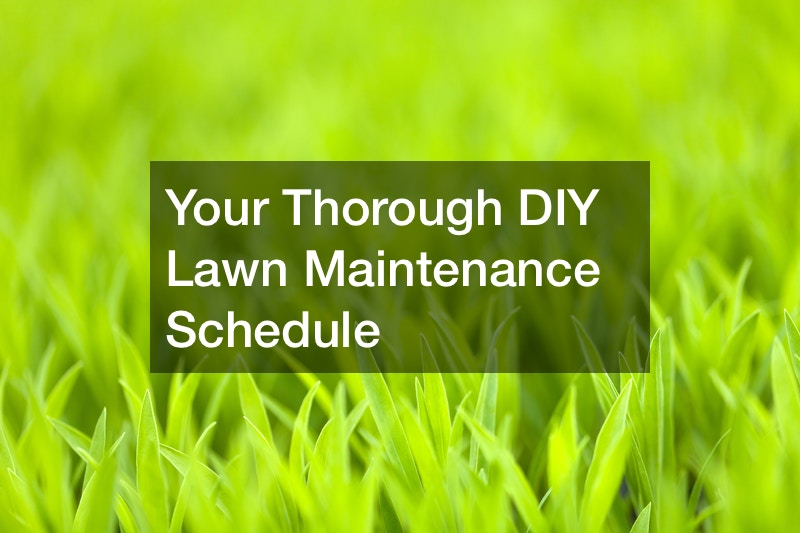Lawn Mowing
Mowing your lawn is one of the primary ways to maintain your lawn at home that should be included in a DIY lawn maintenance schedule. The lawn may become dirty in the event that it gets longer than necessary. It could result in diseases and other issues that may cause lawn death. Different types of grass have different needs for being cut. However, a general rule in all zones is to cut it at an elevation of 3 inches. The frequency of the rains, it could take between 2 and 3 times each week for a lot of yards. The frequency of the schedule is determined by the weather conditions like rain or sunlight exposure.
Many places, cutting the grass once or twice per week is an ideal timeframe for grass. The more you mow, the more damage to the grass, and increase your chances of developing diseases. The same applies to mowing more frequently. In the end, you’ll have a yard full of overgrown grass, which can be difficult to keep in check and could be susceptible to pests or ailments like grubs. The grass blade’s tip becomes more rounded as they progress toward the sun. That’s why it’s better to cut grass in the early morning and late in the evenings when grass blades are thicker and less vulnerable to break, in contrast at midday when the blades have less strength.
Weed Control
Broadleaf weevils are best taken care of every two weeks between mid-spring and mid-fall. You may have to control weeds like knotweed, speedwell and dandelion. These weeds can sprout seeds rapidly. Spot treatment or blanket spraying are equally crucial and should be included in a diy lawn maintenance program. With spot treatments, the concentration of chemicals should be 3 times greater than a blanket spray, but the coverage area could be less even. Broadleaf herbicides are safe for the environment and cause no harm to humans, animals, or water sources when applied according to guidelines. m4o5kvgvkc.
